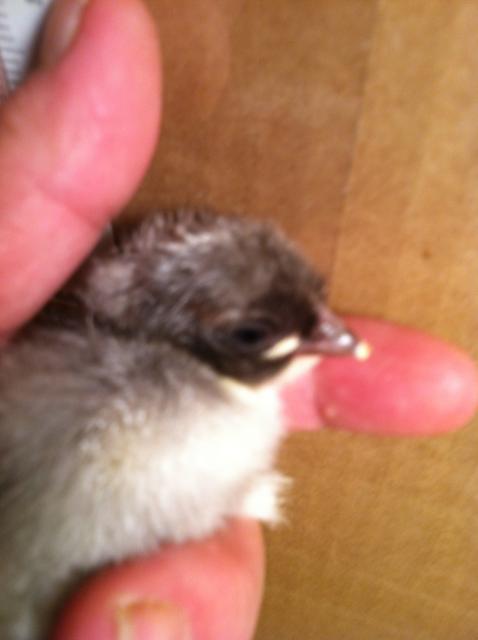Quote:
It's not the cold so much as the humidity. Even at moderate temps (30's) there is a possibility of frostbite when you factor in the humidity and the wind chill. All three conditions were present today so that is what I suspect was the causal factor, but I'm not 100% certain.
The known facts are no metal surfaces to contact with; blood on the plastic water containers where a comb would likely touch when the hen drinks and the 2 hens with the large combs have black tips on their combs. It may just be a coincidence. But... Anytime one sees blood where it shouldn't be should investigate where it may have come from. Thus, blood on the water container made me take a close look at the critters that use it. I don't think I'm being over-protective; I think I'm being pro-active in finding the cause.
The good news is that no chicken seems to be adversely affected but I would rather error on the side of caution as I am a steward in the welfare of the animals I share my home with. A little bit of balm on their combs is easily done, even if over-reactive.
I should also note that the egg that Gravy gave me today had a smear of blood on the shell, so the blood on the waterer really stood out. Maybe that led to an acute awareness of anything amiss, but I'll stand by my position of due viligence in caring for my little flock.
On the other hand, perhaps I can exploit this situation and get one of those coeds to come help me with a chicken boo-boo. And this time I can ask them out.
I had a similar thing with my chickens, the black spots were from them establishing the pecking order after we rescued them. One of the chickens black spots started growing, we contacted a "chicken" doctor from MSU and described every thing to him. He said our chicken had chicken pox. ( I thought they would get people pox) it is not contagious to people or other animals. It is a viral infection caused from getting pecked with a dirty beak. He said more than likely it would spread through the flock and not to be concerned. Well most of my girls now have black spots and the original one is cleared up.
There are 2 kinds of pox, the one my girls had which is dry pox and then there is a wet pox which affects respiratory and mucus membranes. The second is the bad one.
If you look at the black spots and they resemble a wort like growth then you probably have the dry version of chicken pox.
The reason I would think this is the blood you found. Obviously there was pecking or injury of some kind to the combs
To clarify: the lesions that are associated with fowl pox are scab-like, the discoloration associated with frostbite is not. Fowl-pox is also not progressive, starting at the tips and working its way down like frostbite would. The lesions can crop up anywhere on the comb, wattles and even legs. It's viral and is transmitted bird-to-bird and via bites and mucous-membrance contacts but it's also transmitted by mosquitoes and other biting insects as well as via open wounds in contact with the environment. The vet was correct in that it does not effect other animals, but that can be misleading since it is a hardy virus that can live on inanimate objects for months. In that way it can be passed around for quite some time and is one of those diseases that is easily tracked out to other flocks on boots, etc.








